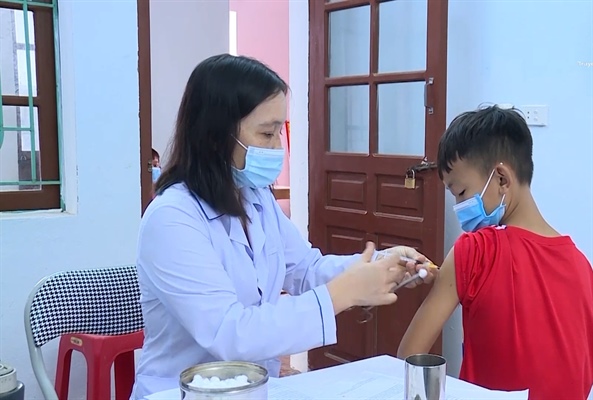
There are still many difficulties in the operation of grassroots health care in Thanh Hoa.
Thanh Hoa has 25 district-level general hospitals, 27 district-level medical centers, and 559 commune-level medical stations. From 2018 to present, the health sector's human resources have been supplemented and increased every year, especially doctors (in 2016, the number of doctors per 10,000 people was only 7.8, lower than the national average; now it has increased to 11.7 doctors, higher than the national average of 10 doctors per 10,000 people). Training and fostering to improve the quality of cadres, civil servants, public employees, and workers has always been of interest, increasingly meeting the people's needs for medical examination and treatment.
Along with strengthening the organization and apparatus, in recent times, the province has prioritized allocating resources to invest in facilities and medical equipment for districts and communes; paying attention to building, maintaining, consolidating and perfecting standard health stations. From 2018 to present, 8 general hospitals have been invested in upgrading and expanding facilities and 6 general hospitals are taking steps to prepare for investment. 17/27 health center headquarters were built in the period 2010-2018 and 2 health centers were newly invested in the period 2018-2022; 5 health centers are preparing for investment. Many health stations have been newly built or repaired and basically upgraded to meet the needs of medical examination and treatment.
Regarding equipment, many general hospitals are equipped with modern machinery and equipment to serve medical examination and treatment, such as: Nong Cong General Hospital has purchased a Scanner, digital X-ray, Dopper color ultrasound, cardiovascular ultrasound, diagnostic endoscope, gastroscopy - colonoscopy, ear - nose - throat endoscopy... Quang Xuong General Hospital uses the unit's career development resources to invest in purchasing bone density measuring machines, gastroscopy and colonoscopy machines. Many health centers have invested in purchasing modern equipment to serve preventive medicine and medical examination and treatment activities, such as: testing machines, biochemical machines, large-capacity vaccine storage cabinets... The equipment of commune health stations currently meets about 60 - 70% of the minimum list prescribed in Circular No. 28/2020/TT-BYT of the Ministry of Health . In addition, 129 commune, ward and town health stations have implemented the joint venture project to invest in equipment, upgrade facilities and techniques in the form of socialization, equipped with various types of testing machines: urine, hematology, biochemistry; some commune health stations have been equipped with 4D color ultrasound machines, contributing to improving the quality of primary health care for the people, treating non-communicable diseases and metabolic diseases right at the grassroots level, reducing the burden on upper-level hospitals.
However, according to the report of Thanh Hoa health sector, currently, the number of primary health care workers is still insufficient (district-level general hospitals have not recruited enough staff); high-quality, specialized human resources are not abundant, especially in mountainous districts. Some health stations do not have doctors; in the coming years, the number of health stations without doctors will continue to increase because some doctors will retire, and new recruitment is almost impossible because there are no doctors to apply. Some health stations still lack medical staff, especially doctors, midwives, pharmacists, and traditional medicine practitioners. Many health stations are equipped with modern machinery but have not yet had anyone trained to operate and use it. There is also a situation where highly qualified staff working in difficult districts ask to transfer to other localities or quit their jobs. Resolution 187/2021/NQ-HDND dated December 10, 2021 of the Provincial People's Council on the Policy to attract highly qualified doctors and doctors working at public health service units in Thanh Hoa province, period 2022-2025, up to this point, no doctors have been recruited to work at grassroots health care.
Doctor Nguyen Van Phu, Head of the Quang Binh Commune Health Station, Quang Xuong District, Thanh Hoa Province said: "According to regulations, there must be 1 medical staff for every 1,000 people, so Quang Binh Commune has 7,000 people, there must be 7 medical staff, we currently only have 4. Meanwhile, there is no equipment, health insurance only provides a one-time prescription of 100,000 VND, so it is very difficult to treat chronic diseases for people". Mr. Nguyen Van Chien, Director of the Quang Xuong District Health Center, Thanh Hoa Province added: "Quang Xuong District has 26 commune-level health stations, although they have received more attention than before, they still face many difficulties in terms of operating conditions. Our wish is for the government to pay more attention to the grassroots health sector to have investment policies, better meeting the care needs of the people."
According to regulations, at least each medical station must have an ultrasound machine, an electrocardiogram machine, a blood sugar testing machine and basic surgical instruments. However, currently, many medical stations in mountainous districts in Thanh Hoa province lack most of the above equipment. And according to the technical and professional division regulations of the Ministry of Health, medical stations are allowed to perform more than 3,000 technical services, but due to many difficulties in facilities, equipment and human resources, up to now, most medical stations have only been able to perform a basic health care service package with 76 technical services according to the division.
Every day, Xuan Hoa Commune Health Station (Nhu Xuan) receives dozens of patients for examination and treatment. However, many of them have to be transferred to other hospitals. The reason is that the facilities, medical equipment, and human resources do not meet the needs of medical examination and basic technical services. This is also a common difficulty of many health stations in mountainous districts in Thanh Hoa province. Doctor Nguyen The Thang, Head of Xuan Hoa Commune Health Station, said: The health station's facilities were built a long time ago from a resettlement project, and are now seriously degraded, with peeling and cracked walls, while the station's equipment is lacking (the station does not have an ultrasound, testing, or electrocardiogram machine), and the staff is not of sufficient variety, so although it is allowed to perform 241 technical services, the station has only been able to perform more than 70 common techniques so far.
YTCS is the primary health care line closest to the people, ensuring that all people receive basic health care at the lowest cost and most effectively. However, in reality, the proportion of people coming to YTCS for primary health care and health advice is low. There are many reasons pointed out such as "service quality", "people's trust", "mechanisms, policies and investment"... These things lead to people continuing to bypass the line, paying high costs for health care, upper-level hospitals continue to be overloaded and satisfaction will be difficult to improve. According to research, to ensure the operation of commune, ward and town health stations, Thanh Hoa province must have 3,414 medical staff; each unit must have at least one doctor. However, currently, the whole province only has 2,740 staff working at health stations and 479/559 health stations have doctors.
Currently, the quality of primary health care at grassroots health facilities is increasingly improving, meeting the needs of accessing the nearest medical services with quality and reasonable costs for the people. However, the reality shows that the operation of grassroots health facilities still faces many difficulties in terms of facilities, resources, and high-quality human resources. Therefore, in order for grassroots health facilities to effectively perform their role as "gatekeepers" in caring for and protecting people's health, there is a great need for long-term, synchronous policies and mechanisms, such as investing funds to build facilities and purchase additional necessary equipment to serve the people's medical examination and treatment needs. Along with that, there must be a regime of incentives for doctors and grassroots health workers from the lowlands to the mountains to attract them to work and contribute more. At the same time, innovate the operating mechanism, financial mechanism, functions and tasks of grassroots health care... to meet the primary health care needs of the people.
NGUYEN LINH
Source




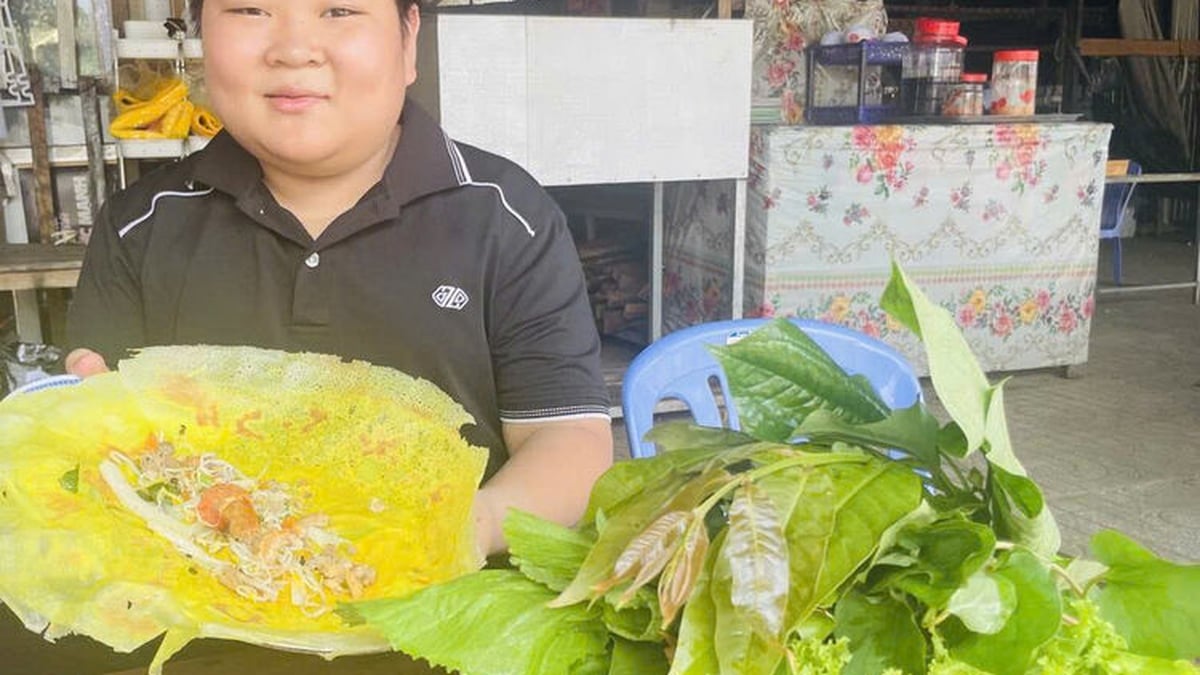

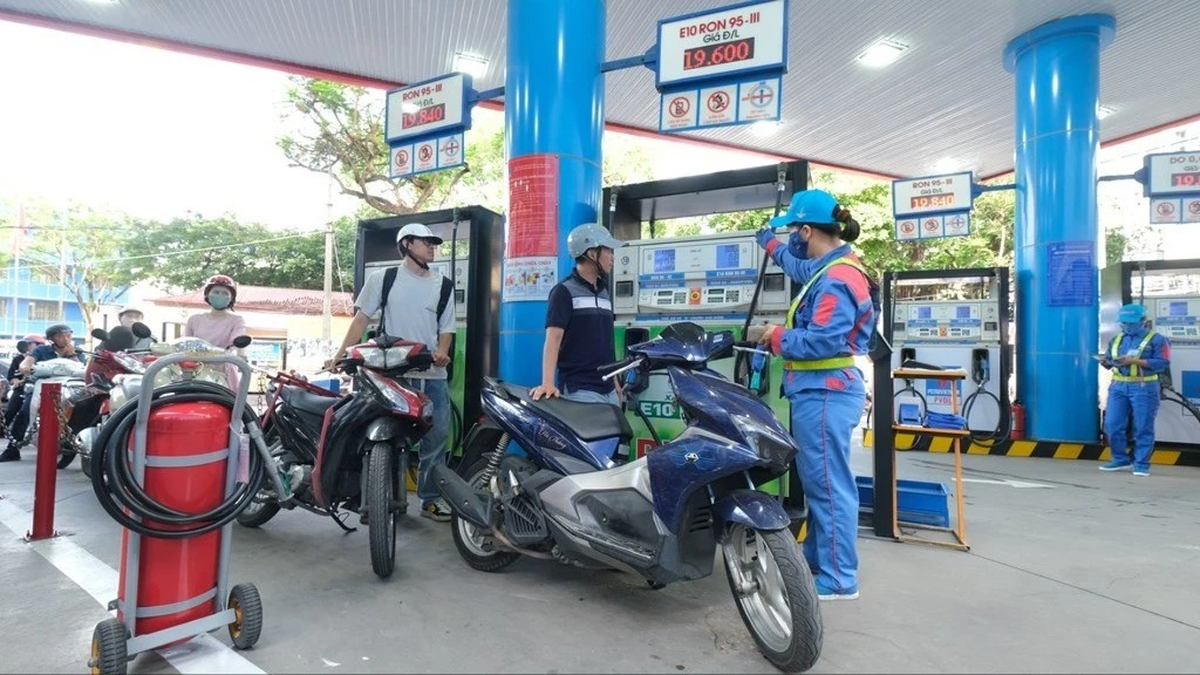
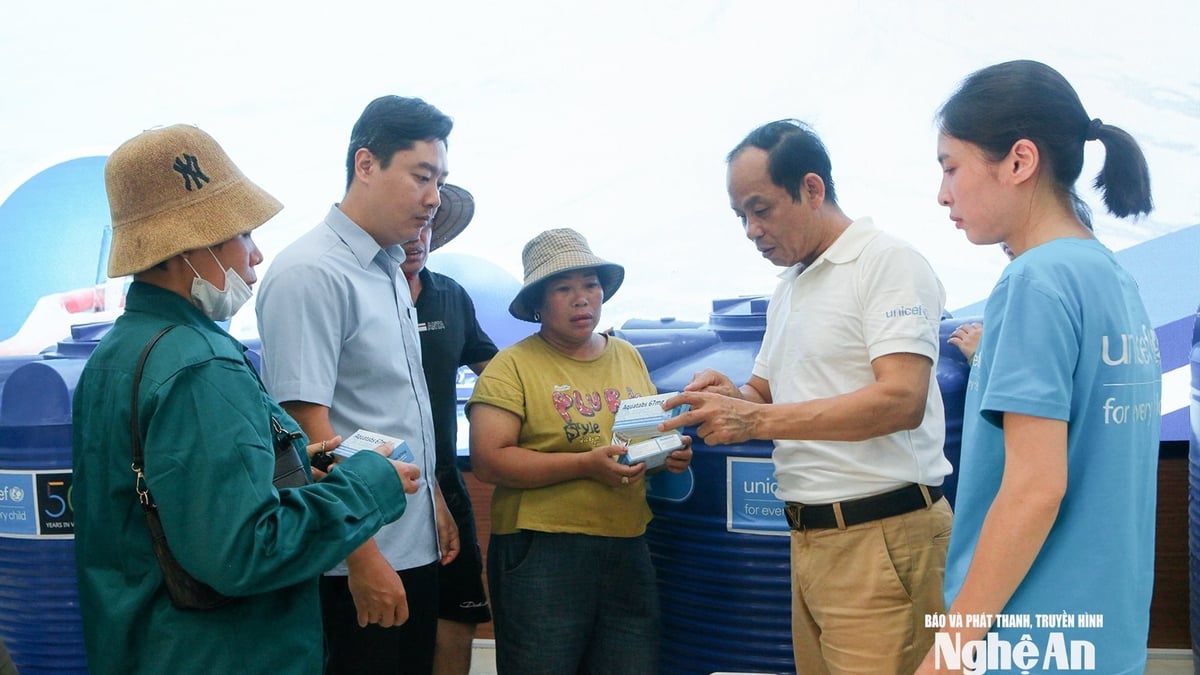
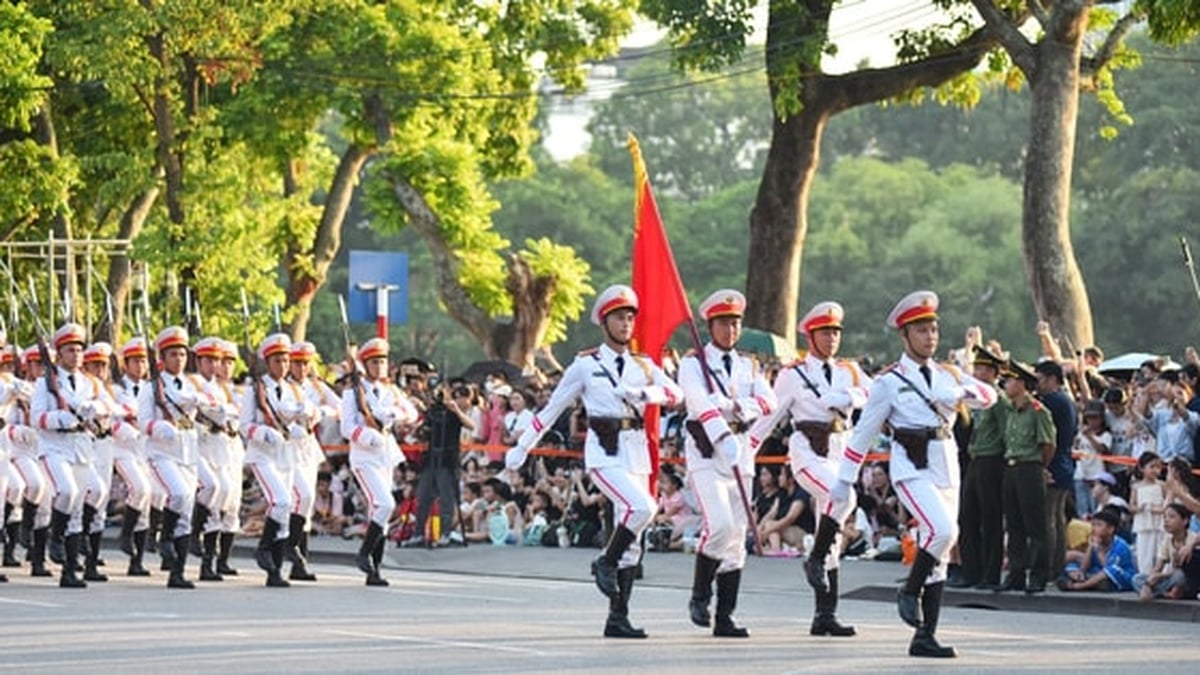


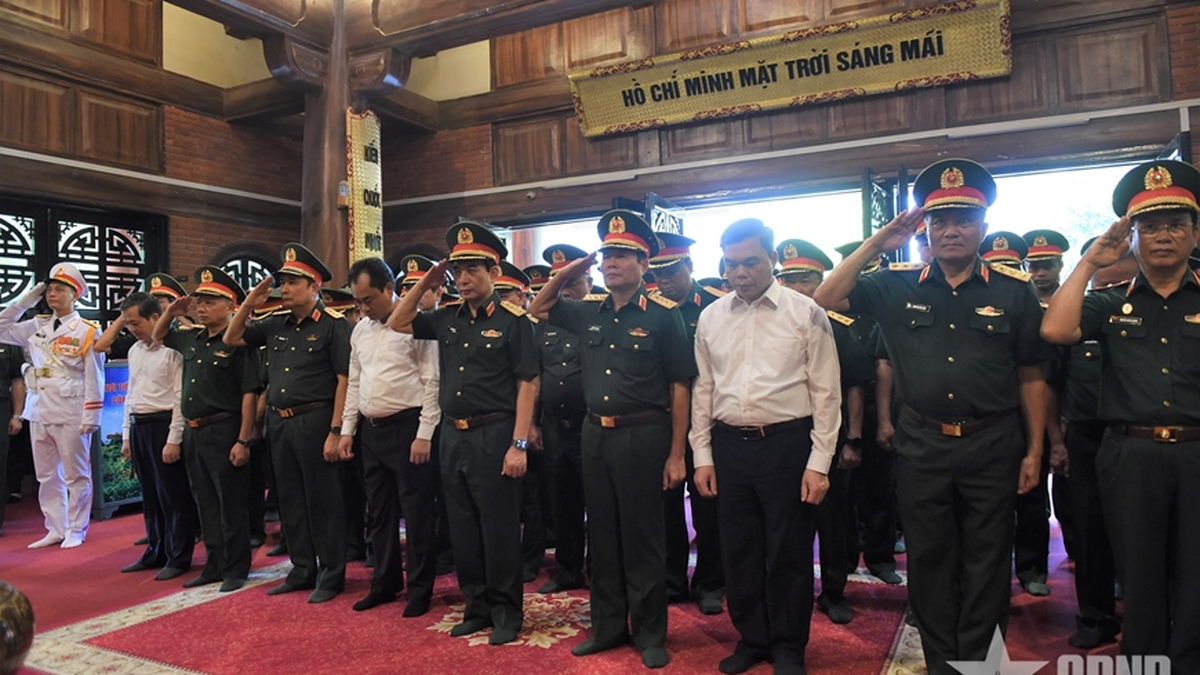





















































































Comment (0)